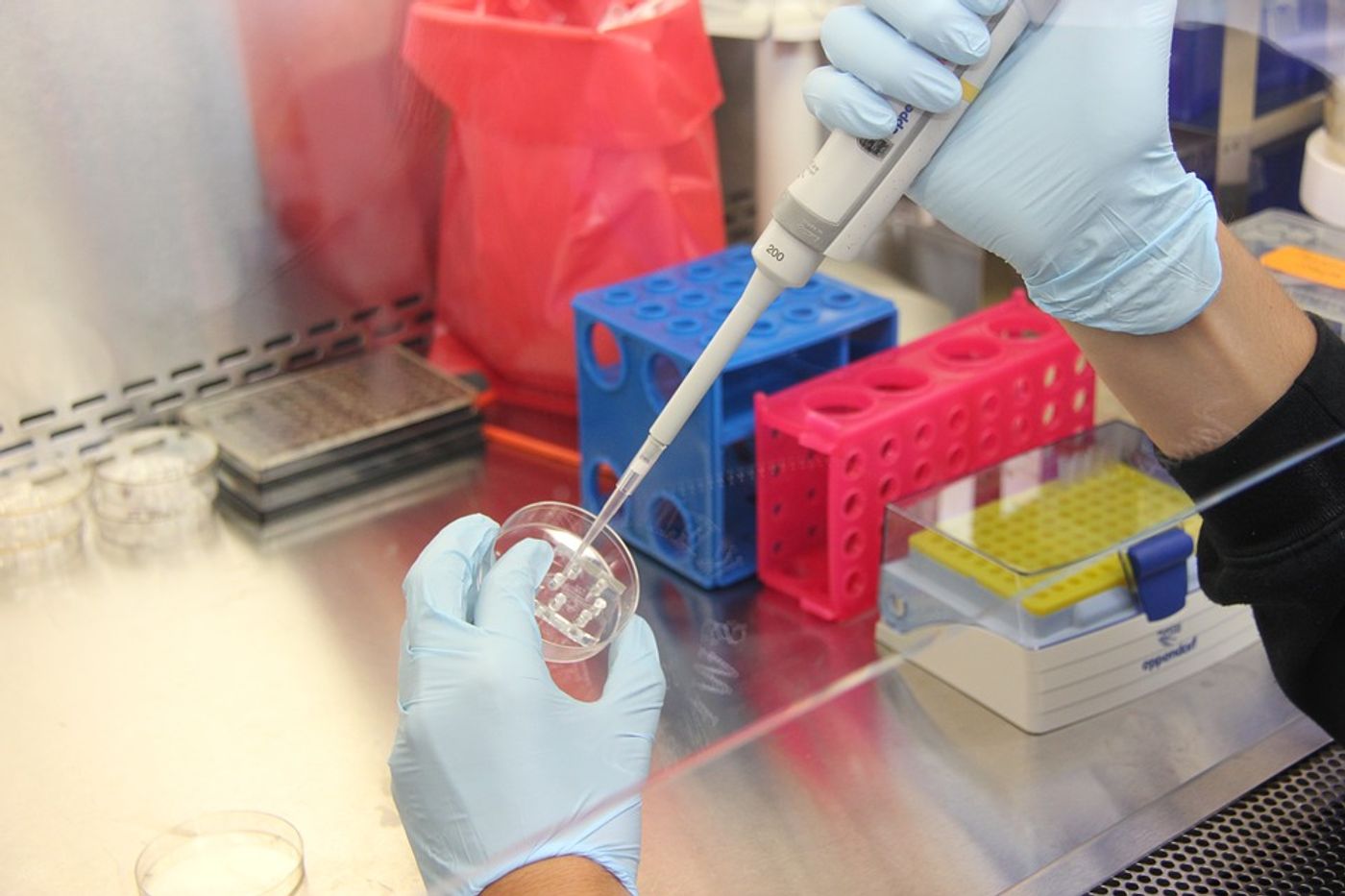Re-engineering elastomers
A study entitled "Chelation Crosslinking of Biodegradable Elastomers," highlights the development of a framework that mixes different metals with a single polymer. Designed by engineers at Cornell, the framework improves upon the process of fabricating polymers with rubber-like properties called elastomers. The results are published in the journal in Advanced Materials.
Elastomers have the potential to be integrated into the body in order to assist in tissue repair. However, the process of making elastomers is difficult and limiting. That’s why scientists from Cornell's Biofoundry Lab decided to try a new technique using copper to produce an elastomer that can repair heart tissue. Copper is known for helping to trigger angiogenesis when new blood vessels grow from existing ones.
Researcher Ying Chen was able to engineer a biocompatible and biodegradable elastomer with copper ions and chelating ligands, molecules that form tight bonds to metal ions, and can create a strong crosshatched molecule. This unique structure has so much potential that even the researchers were overwhelmed by its versatility.
Chen collaborated on this project with Yadong Wang, the McAdam Family Foundation Professor of Cardiac Assist Technology in the Meinig School of Biomedical Engineering. Chen stated, "The discovery was pretty exciting. I just wanted to move on with my copper elastomer because I'm focused on tissue engineering, but Professor Wang was saying, 'Slow down, we need to test how powerful this platform is and what we can do with it.'"
Wang added, "When Ying showed me what she had done, I said, 'This material is amazing, there's so much you can do with just this one simple design. Using many different types of metal ions, one polymer can turn into eight, nine, 10 different elastomers."
For example, Chen made history not only creating the first biodegradable metal-ion elastomer but making six unique elastomers using one polymer and six different metals and another with a calcium-magnesium mix, for a total of seven elastomers!
"We are just scratching the surface," said Wang, commenting that the framework could be potentially expanded from applications in blood vessel and tissue biopolymers to industrial elastomers such as eco-friendly tires that biodegrade. Meanwhile, Chen plans to continue her research on the copper elastomer graft and its ability to repair blood vessels and heart tissue.
Sources: Advanced Materials, Eureka Alert









